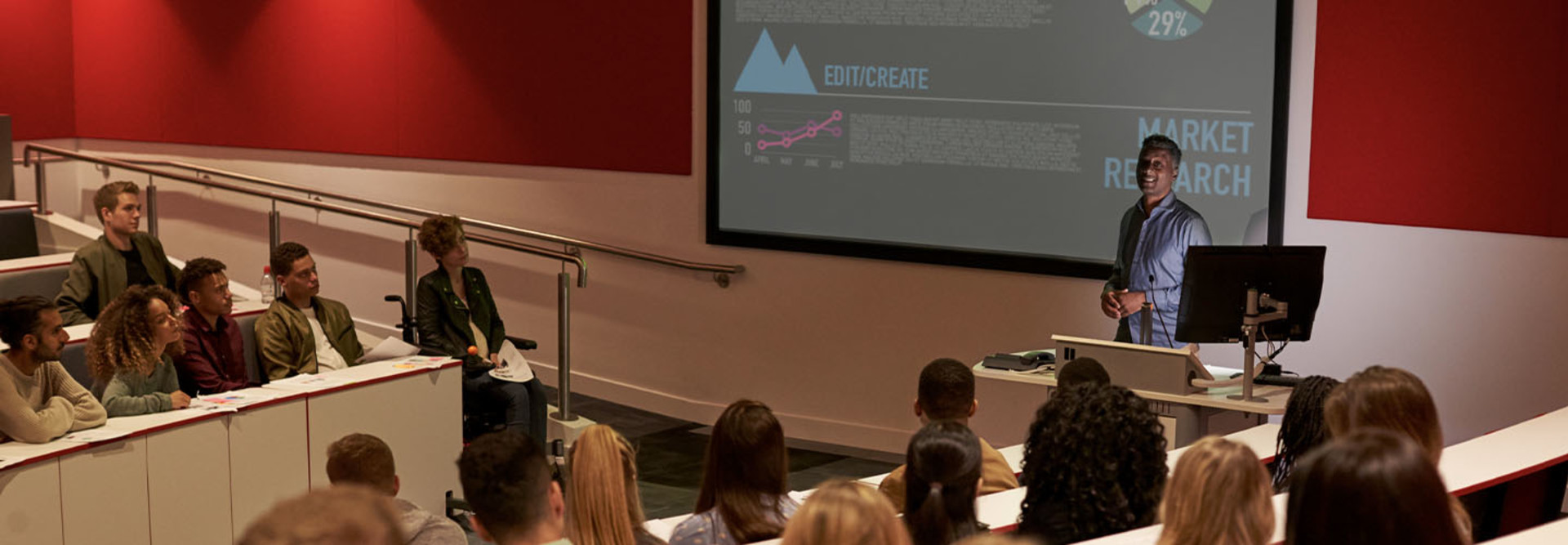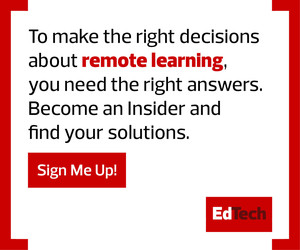What Is Universal Design for Learning?
Accommodations are already made for individual college students in certain situations, like those who need note takers or translators in class. But UDL provides options for accessing, engaging with and understanding material for a much broader range of individuals. CAST based its UDL framework on the specific ways that people learn.
“We use UDL to reach the majority of our learners,” says Thomas J. Tobin, a founding member of the Center for Teaching, Learning and Mentoring at the University of Wisconsin-Madison. “We want to give students choices. We want to give them agency in how they take a path through the learning experiences that they have with us.”
Janet Ferone, an education lecturer at Curry College, says that she infuses UDL principles into every aspect of her teaching. Each week, rather than consulting a textbook, students engage with the content through outside reading, watching a video or listening to a podcast.
“I vary the way I communicate information to students while also offering students choice in both the content and ways of accessing information,” Ferone says.
At the beginning of her courses, Ferone walks students through how to use their learning management software, highlighting the tools the platform offers, such as text-to-speech and speech-to-text options. During Zoom collaboration sessions, students can chat, react, use polls or speak up verbally.
READ MORE: Here’s how instructional technology is impacting higher education.
At the University of West Georgia, audiovisual equipment exists in every classroom, so all in-person courses can be recorded and captioned for students’ future use. Students can easily rewatch a particularly tricky lesson or spend class time engaging with the discussion, then take notes at home using the recording.
“UDL is about access for all and guides the development of flexible learning environments and learning spaces that can accommodate individual learning differences,” says Jon Preston, provost and senior vice president for academic affairs at the University of West Georgia.
Why Use UDL in Higher Education?
Tobin says that 1 in 3 students face some kind of barrier that could benefit from disability accommodations, but far fewer go through the process to get that documentation, primarily because of the time and cost required to do so. Given the structure of higher education, disability support services are overburdened with individual requests that mostly could be resolved by restructuring how courses are taught, how information is shared and how assignments are completed.
For example, UDL reduces barriers for anyone who struggles with finding the time to read in preparation for class. By turning a textbook reading into a downloadable PDF, commuting students can use a read-aloud app to complete their homework.
“UDL is a way to address variability before anybody even comes into the classroom,” says Tobin. “Having choices is what makes UDL powerful.”












